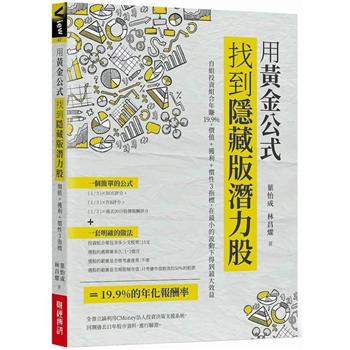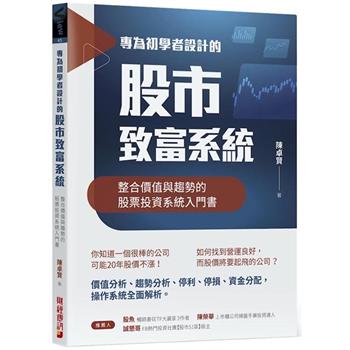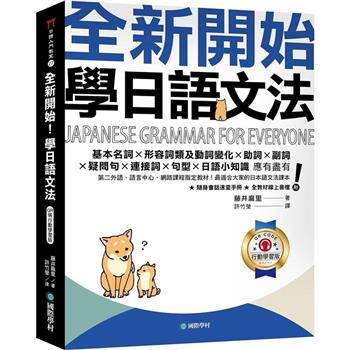Hydraulic mining was, and remains, controversial.It produced great wealth from the soil of California, yet damaged the land in such a way that the scars will remain for eons. Great hillsides were denuded of soil by streams of water which boggle the imagination, and the sediment which was washed away filled the streambeds of the valleys below, causing flooding which decimated agriculture and inundated towns.
This important new work, the first book-length study of the subject, provides a complete history of hydraulic mining, its background and eventual demise. Mining techniques prior to the hydraulic period are described, as are the inventions which followed.
The only true invention of a completely new method of mining to be introduced in the California gold fields was hydraulic mining. Today it seems almost incredible that it took so long for someone to finally get the rather simple idea of using a hose and nozzle under pressure to wash down a bank of gravel. The author gives detailed treatment to the inventions and technology developed for hydraulic mining.
The story of the particular mines, of the litigation concerning them, labor problems in them, and individuals who played major roles in their operation are all discussed.
The story of the richest gravel deposits in California, located in the area drained by three major river systems-the American, Yuba, and Feather and also a smaller, but strategically located stream known as the Bear River, are closely chronicled. The region in Nevada County known as the San Juan Ridge, considered by Waldemar Lindgren as the richest Tertiary gravel deposit in all of California, receives special attention.
A magnificent water system was constructed in the Sierra which thrust the mining industry into the forefront of engineering and technological advances-but the way would be plagued by trial and error, disappointment and considerable failure.
Neither a condemnation nor an apologia of hydraulic mining in California, this book attempts an unbiased look at this most controversial of subjects. Although most of the research materials available for this study, such as government mining publications, were written by persons mostly sympathetic to the industry, sufficient objectivity and balance have been maintained to help the reader come to a fair judgment regarding hydraulic mining.
The author’s notes and selected bibliography testify to the scope of the research materials utilized in this study.
Illustrations and maps portray the mining areas and the tools and techniques used in hydraulic mining.
The final court battles between the anti-debris forces and the miners is detailed and analyzed, as the demise of hydraulic mining was accomplished by its foes.











